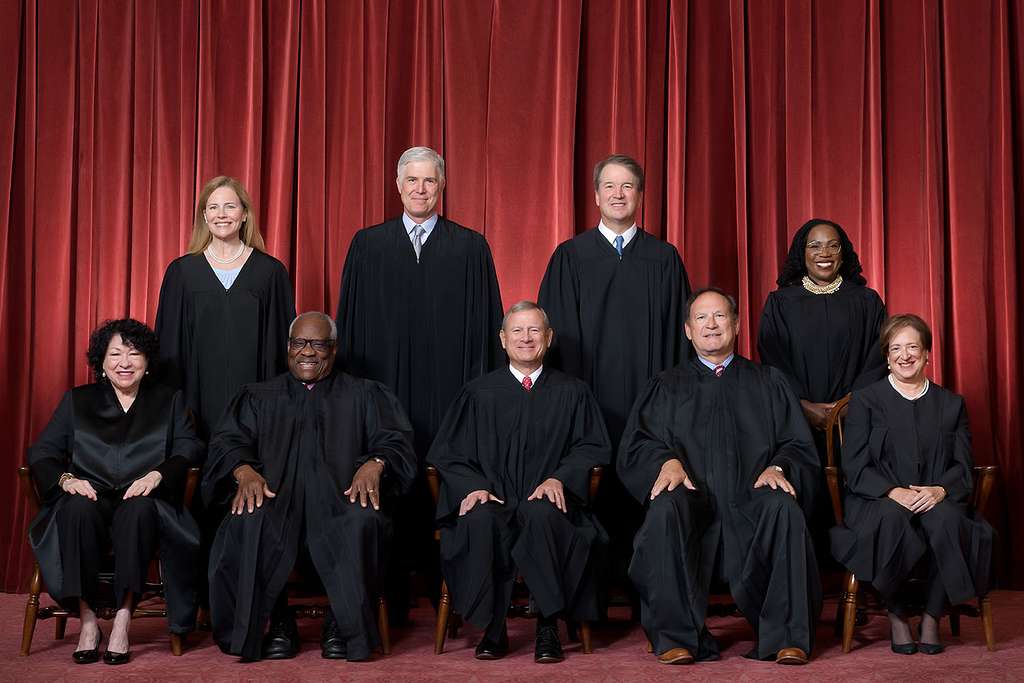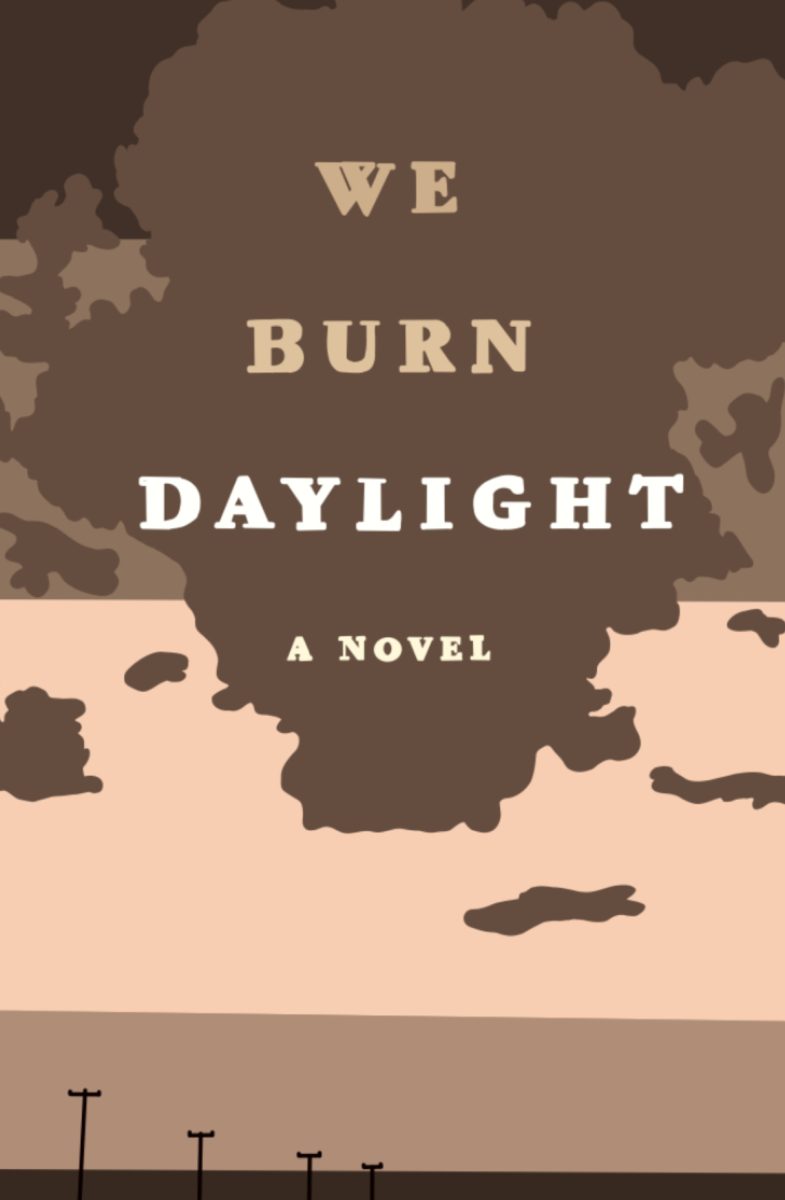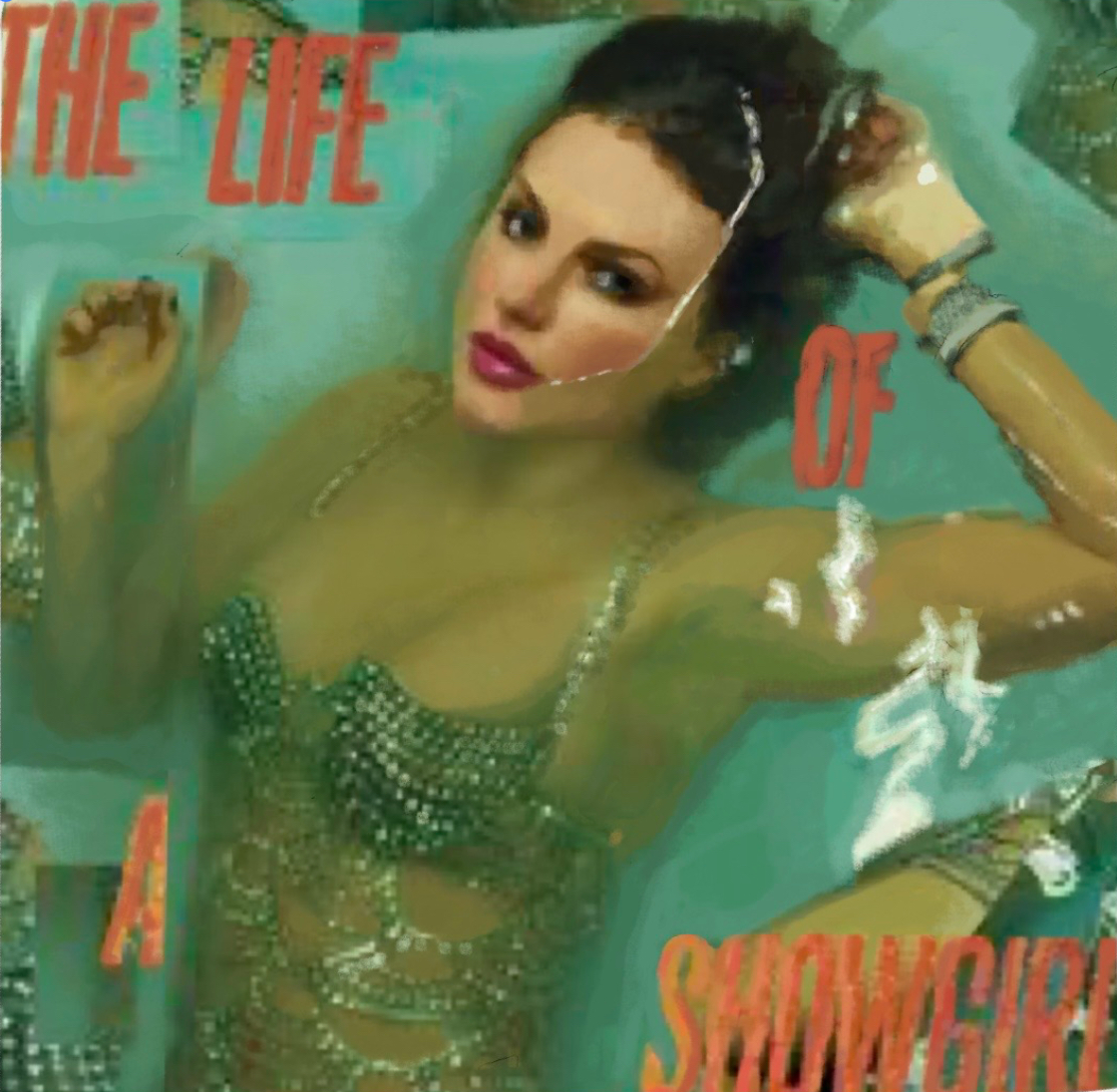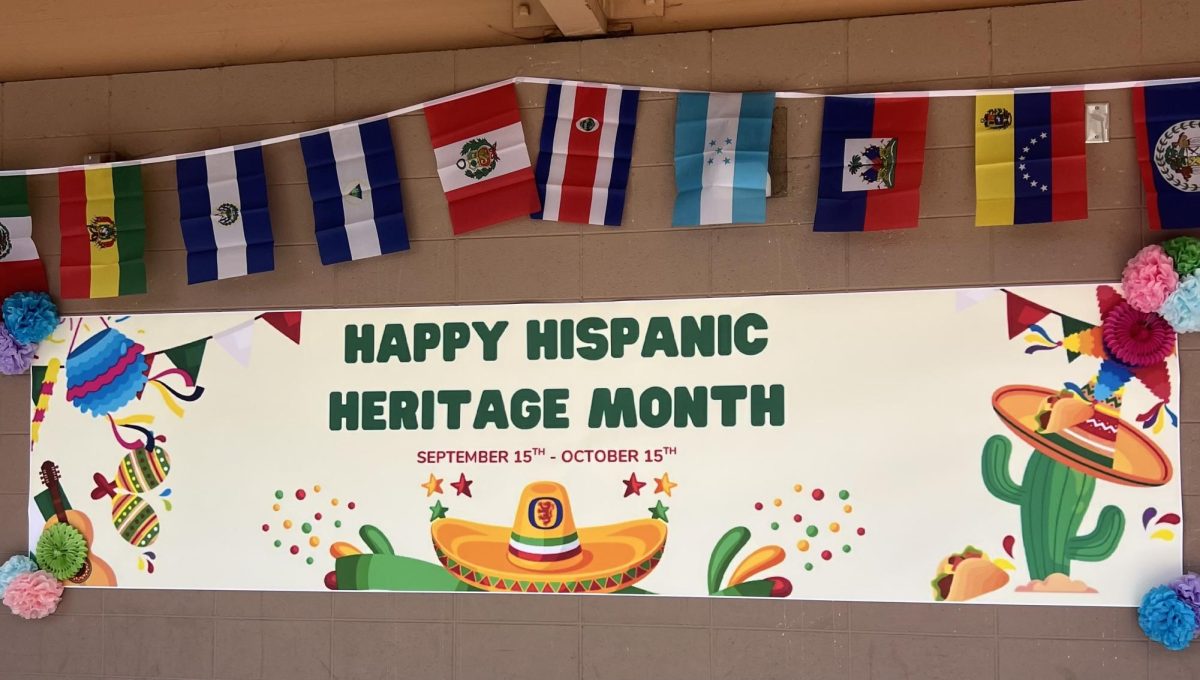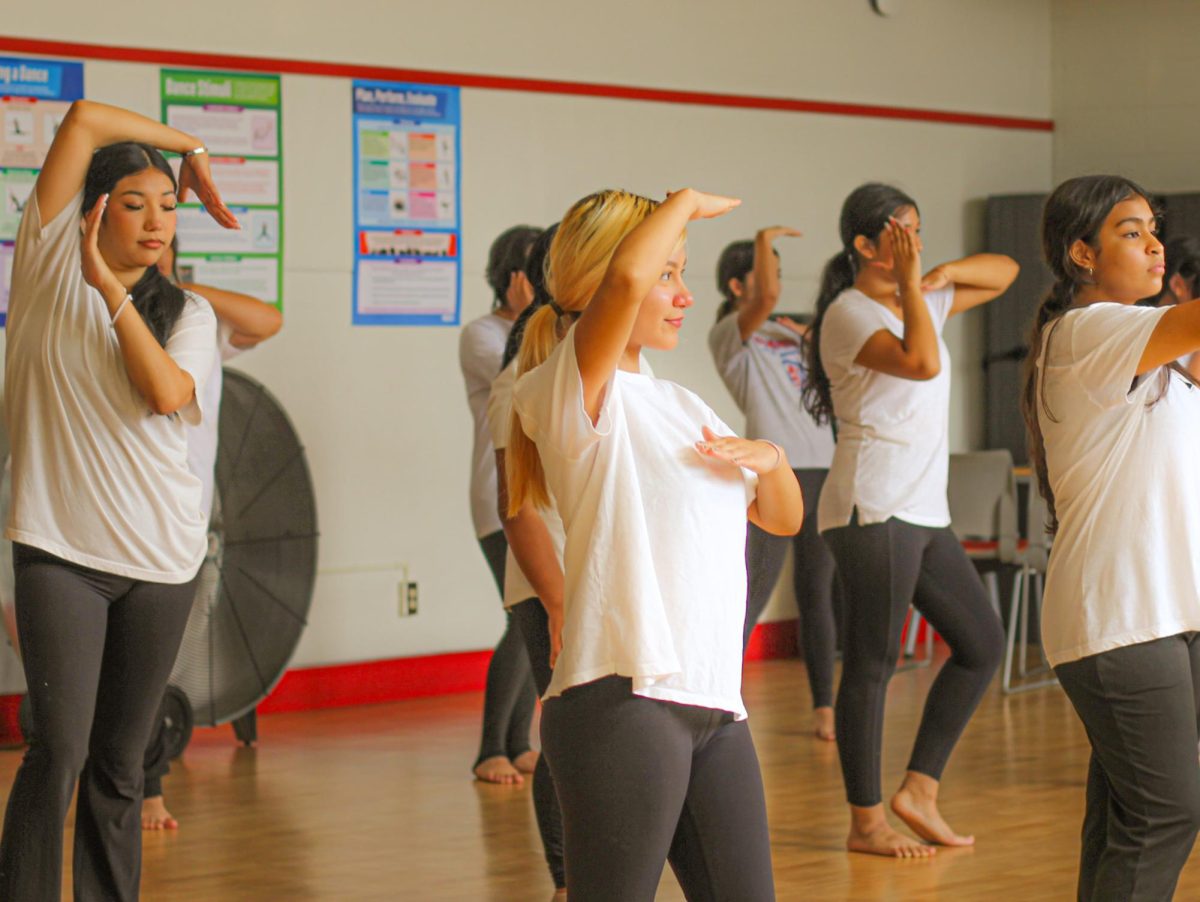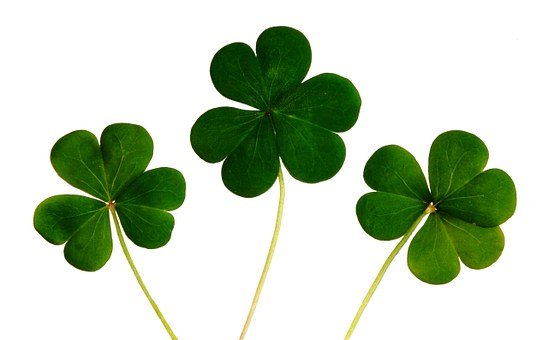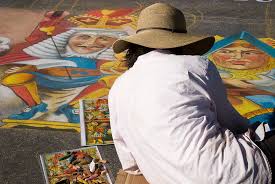St. Patrick’s Day dates back to 461 when a patron saint named Patrick died on March 17th. His legacy was spreading Christianity throughout Ireland. Since then St. Patrick’s Day has been a recognized holiday. It was first celebrated in 1601 by a parade organized by an Irish vicar, Ricardo Arthur, in a Spanish colony in St. Augustine, Florida. After that a parade in Boston has been held since 1737 and one in New York City, New York since 1772 which was originally started by Irish soldiers. From there, parades and various celebrations and traditions have blossomed.
Saint Patrick was born with the name Maewyn Succat around 386 in Roman Britain. At sixteen he was kidnapped and was taken to Ireland where he spent six years in forced work as a shepherd and turned to religion for solace. He escaped, went home, and became an ordained bishop adopting the name Patrick. Saint Patrick claimed that an angel came to him in a dream and told him to return to Ireland as a missionary. He returned to Ireland around 432 and began to convert the Irish to Christianity.
At this time, most Irish had a nature based pagan religion. Familiar with the language and culture of Ireland, St. Patrick incorporated their traditions and rituals into his lessons on Christianity. For example, they used fire to celebrate their gods so he put the symbol of fire on the cross to create what now is the Celtic Cross, so that honoring the symbol of the cross would be more natural to the Irish.
Saint Patrick was never canonized a saint because he lived in an era prior to the process but he is venerated as one. He has been celebrated as the patron saint of Ireland ever since!
“When I celebrate St. Patrick’s Day I am reminded of my Irish background and where part of my family came from,” said freshman Riley O’Brien.
People celebrate St. Patrick’s day for a few reasons, religion, friends and family, to celebrate Irish culture, and to have fun.
From personal experience and of friends, an elementary school tradition is having the Kindergarteners build houses to catch leprechauns for gold. While that is one of the smaller traditions of St. Patrick’s Day, different cities around the world go all out. For example, Chicago, Illinois puts green dye in the river which is known as “Chicago Green River”. Another favorite tradition is lighting landmarks such as castles green, in Ireland and in America. Parades are huge as well.
Other traditions on St. Patrick’s Day are going to church, wearing green (so you do not get pinched), and little customs like that.
“Some people like to place shamrocks in the breast pocket of their suit and others pin them onto their coat,” said Dionne Tims from Ireland. “Also, in pubs on St. Patrick’s Day, there is always live traditional Irish music.”
“My mom tells my sister and I she grew up eating corned beef and cabbage on St. Patrick’s Day because her mom was Irish,” said junior Katarina Erickson.
Chicago Green River (top photo) “File:Wappingers Falls NY St. Patrick’s Day parade 2013.JPG” by Juliancolton is marked with CC0 1.0
A St. Patrick’s Day parade (bottom photo) “File:Wappingers Falls NY St. Patrick’s Day parade 2013.JPG” by Juliancolton is marked with CC0 1.0
Part of St. Patrick’s Day are the legends and myths that come with it too. One legend is that St. Patrick banished snakes from Ireland and explained the Holy Trinity with the three leaves of the shamrock, the native Irish clover which adds to the reason he is honorable. Similar to that legend, a myth is that finding a four leaf clover will bring good luck to whoever found it.
In the end, St. Patrick’s Day, “Lá Fhéile Pádraig” in Irish, is a holiday to celebrate the Irish culture with everyone. So, put on your green clothes, pinch anyone who has not, and look for a four leaf clover!


